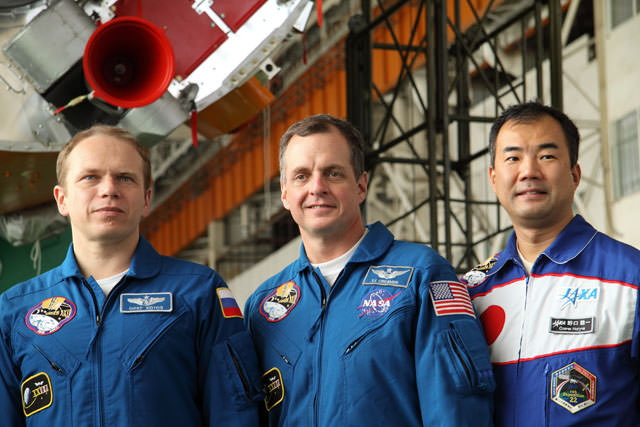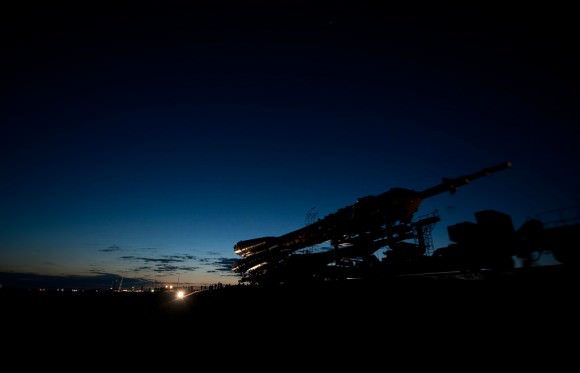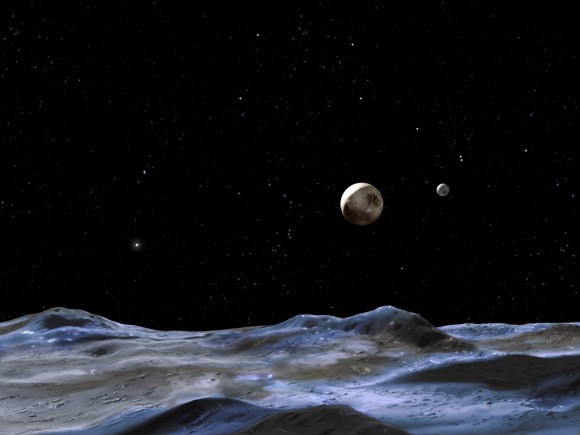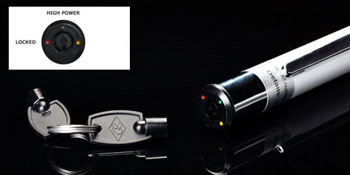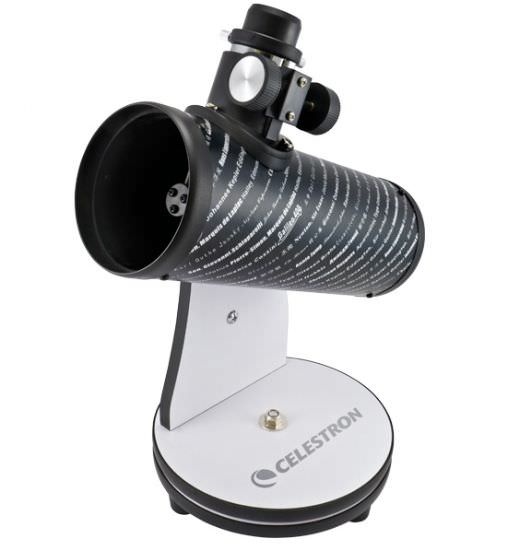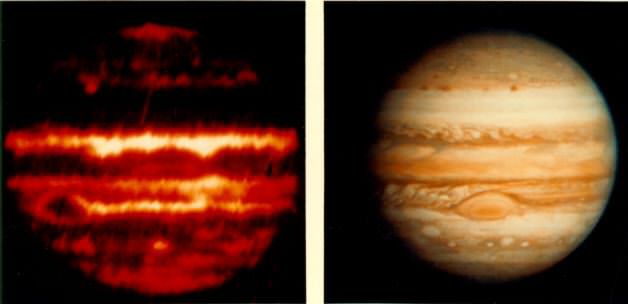Mercury
Mass: 0.3302 x 1024 kg
Volume: 6.083 x 1010 km3
Average radius: 2439.7 km
Average diameter: 4879.4 km
Mean density: 5.427 g/cm3
Escape velocity: 4.3 km/s
Surface gravity: 3.7 m/s2
Visual magnitude: -0.42
Natural satellites: 0
Rings? – No
Semimajor axis: 57,910,000 km
Orbit period: 87.969 days
Perihelion: 46,000,000 km
Aphelion: 69,820,000 km
Mean orbital velocity: 47.87 km/s
Maximum orbital velocity: 58.98 km/s
Minimum orbital velocity: 38.86 km/s
Orbit inclination: 7.00°
Orbit eccentricity: 0.2056
Sidereal rotation period: 1407.6 hours
Length of day: 4222.6 hours
Discovery: Known since prehistoric times
Minimum distance from Earth: 77,300,000 km
Maximum distance from Earth: 221,900,000 km
Maximum apparent diameter from Earth: 13 arc seconds
Minimum apparent diameter from Earth: 4.5 arc seconds
Maximum visual magnitude: -1.9
Venus
Mass: 4.8685 x 1024 kg
Volume: 92.843 x 1010 km3
Average radius: 6051.8 km
Average diameter: 12103.6 km
Mean density: 5.243 g/cm3
Escape velocity: 10.36 km/s
Surface gravity: 8.87 m/s2
Visual magnitude: -4.40
Natural satellites: 0
Rings? – No
Semimajor axis: 108,210,000 km
Orbit period: 224.701 days
Perihelion: 107,480,000 km
Aphelion: 108,940,000 km
Mean orbital velocity: 35.02 km/s
Maximum orbital velocity: 35.26 km/s
Minimum orbital velocity: 34.79 km/s
Orbit inclination: 3.39°
Orbit eccentricity: 0.0067
Sidereal rotation period: 5832.5 hours
Length of day: 2802.0 hours
Discovery: Known since prehistoric times
Minimum distance from Earth: 38,200,000 km
Maximum distance from Earth: 261,000,000 km
Maximum apparent diameter from Earth: 66.0 arc seconds
Minimum apparent diameter from Earth: 9.7 arc seconds
Maximum visual magnitude: -4.6
Earth
Mass: 5.9736 x 1024 kg
Volume: 108.321 x 1010 km3
Average radius: 6,371.0 km
Average diameter: 12,742 km
Mean density: 5.515 g/cm3
Escape velocity: 11.186 km/s
Surface gravity: 9.798 m/s2
Visual magnitude: -3.86
Natural satellites: 1
Rings? – No
Semimajor axis: 149,600,000 km
Orbit period: 365.256 days
Perihelion: 147,090,000 km
Aphelion: 152,100,000 km
Mean orbital velocity: 29.78 km/s
Maximum orbital velocity: 30.29 km/s
Minimum orbital velocity: 29.29 km/s
Orbit inclination: 0.00°
Orbit eccentricity: 0.0167
Sidereal rotation period: 23.9345 hours
Length of day: 24.0000 hours
Axial tilt: 23.45°
Mars
Mass: 0.64185 x 1024 kg
Volume: 16.318 x 1010 km3
Average radius: 3,389.5 km
Average diameter: 6,779 km
Mean density: 3.933 g/cm3
Escape velocity: 5.03 km/s
Surface gravity: 3.71 m/s2
Visual magnitude: -1.52
Natural satellites: 2
Rings? – No
Semimajor axis: 227,920,000 km
Orbit period: 686.980 days
Perihelion: 206,620,000 km
Aphelion: 249,230,000 km
Mean orbital velocity: 24.13 km/s
Orbit inclination: 1.850°
Orbit eccentricity: 0.0935
Sidereal rotation period: 24.6229 hours
Length of day: 24.6597 hours
Axial tilt: 25.19 °
Discovery: Known since prehistoric times
Minimum distance from Earth: 55,700,000 km
Maximum distance from Earth: 401,300,000 km
Maximum apparent diameter from Earth: 25.1 arc seconds
Minimum apparent diameter from Earth: 3.5 arc seconds
Maximum visual magnitude: -2.91
Jupiter
Mass: 1,898.6 x 1024 kg
Volume: 143,128 x 1010 km3
Average radius: 69,911 km
Average diameter: 139,822 km
Mean density: 1.326 g/cm3
Escape velocity: 59.5 km/s
Surface gravity: 24.79 m/s2
Natural satellites: 63
Rings? – Yes
Semimajor axis: 778,570,000 km
Orbit period: 4,332.589 days
Perihelion: 740,520,000 km
Aphelion: 816,620,000 km
Mean orbital velocity: 13.07 km/s
Orbit inclination: 1.304°
Orbit eccentricity: 0.0489
Sidereal rotation period: 9.9250 hours
Length of day: 9.9259 hours
Axial tilt: 3.13°
Discovery: Known since prehistoric times
Minimum distance from Earth: 588,500,000 km
Maximum distance from Earth: 968,100,000 km
Maximum apparent diameter from Earth: 50.1 arc seconds
Minimum apparent diameter from Earth: 29.8 arc seconds
Maximum visual magnitude: -2.94
Saturn
Mass: 568.46 x 1024 kg
Volume: 82,713 x 1010 km3
Average radius: 58,232 km
Average diameter: 116,464 km
Mean density: 0.687 g/cm3
Escape velocity: 35.5 km/s
Surface gravity: 10.44 m/s2
Natural satellites: 60
Rings? – Yes
Semimajor axis: 1,433,530,000 km
Orbit period: 10,759.22 days
Perihelion: 1,352,550,000 km
Aphelion: 1,514,500,000 km
Mean orbital velocity: 9.69 km/s
Orbit inclination: 2.485°
Orbit eccentricity: 0.0565
Sidereal rotation period: 10.656 hours
Length of day: 10.656 hours
Axial tilt: 26.73°
Discovery: Known since prehistoric times
Minimum distance from Earth: 1,195,500,000 km
Maximum distance from Earth: 1,658,500,000 km
Maximum apparent diameter from Earth: 20.1 arc seconds
Minimum apparent diameter from Earth: 14.5 arc seconds
Maximum visual magnitude: 0.43
Uranus
Mass: 86.832 x 1024 kg
Volume: 6,833 x 1010 km3
Average radius: 25,362 km
Average diameter: 50,724 km
Mean density: 1.270 g/cm3
Escape velocity: 21.3 km/s
Surface gravity: 8.87 m/s2
Natural satellites: 27
Rings? – Yes
Semimajor axis: 2,872,460,000 km
Orbit period: 30,685.4 days
Perihelion: 2,741,300,000 km
Aphelion: 3,003,620,000 km
Mean orbital velocity: 6.81 km/s
Orbit inclination: 0.772°
Orbit eccentricity: 0.0457
Sidereal rotation period: 17.24 hours
Length of day: 17.24 hours
Axial tilt: 97.77°
Discovery: 13 March 1781
Minimum distance from Earth: 2,581,900,000 km
Maximum distance from Earth: 3,157,300,000 km
Maximum apparent diameter from Earth: 4.1 arc seconds
Minimum apparent diameter from Earth: 3.3 arc seconds
Maximum visual magnitude: 5.32
Neptune
Mass: 102.43 x 1024 kg
Volume: 6,254 x 1010 km3
Average radius: 24,622 km
Average diameter: 49,244 km
Mean density: 1.638 g/cm3
Escape velocity: 23.5 km/s
Surface gravity: 11.15 m/s2
Natural satellites: 13
Rings? – Yes
Semimajor axis: 4,495,060,000 km
Orbit period: 60,189 days
Perihelion: 4,444,450,000 km
Aphelion: 4,545,670,000 km
Mean orbital velocity: 5.43 km/s
Orbit inclination: 1.769°
Orbit eccentricity: 0.0113
Sidereal rotation period: 16.11 hours
Length of day: 16.11 hours
Axial tilt: 28.32°
Discovery: 23 September 1846
Minimum distance from Earth: 4,305,900,000 km
Maximum distance from Earth: 4,687,300,000 km
Maximum apparent diameter from Earth: 2.4 arc seconds
Minimum apparent diameter from Earth: 2.2 arc seconds
Maximum visual magnitude: 7.78
We’ve written many articles about the Solar System. Here’s an article about how many moons there are in the Solar System, and here’s an article about the formation of the Solar System.
If you’d like more info on the Solar System, check out NASA’s Planetary Fact Sheet.
We’ve recorded several episodes of Astronomy Cast about the Solar System. Start here, Episode 49: Mercury.

